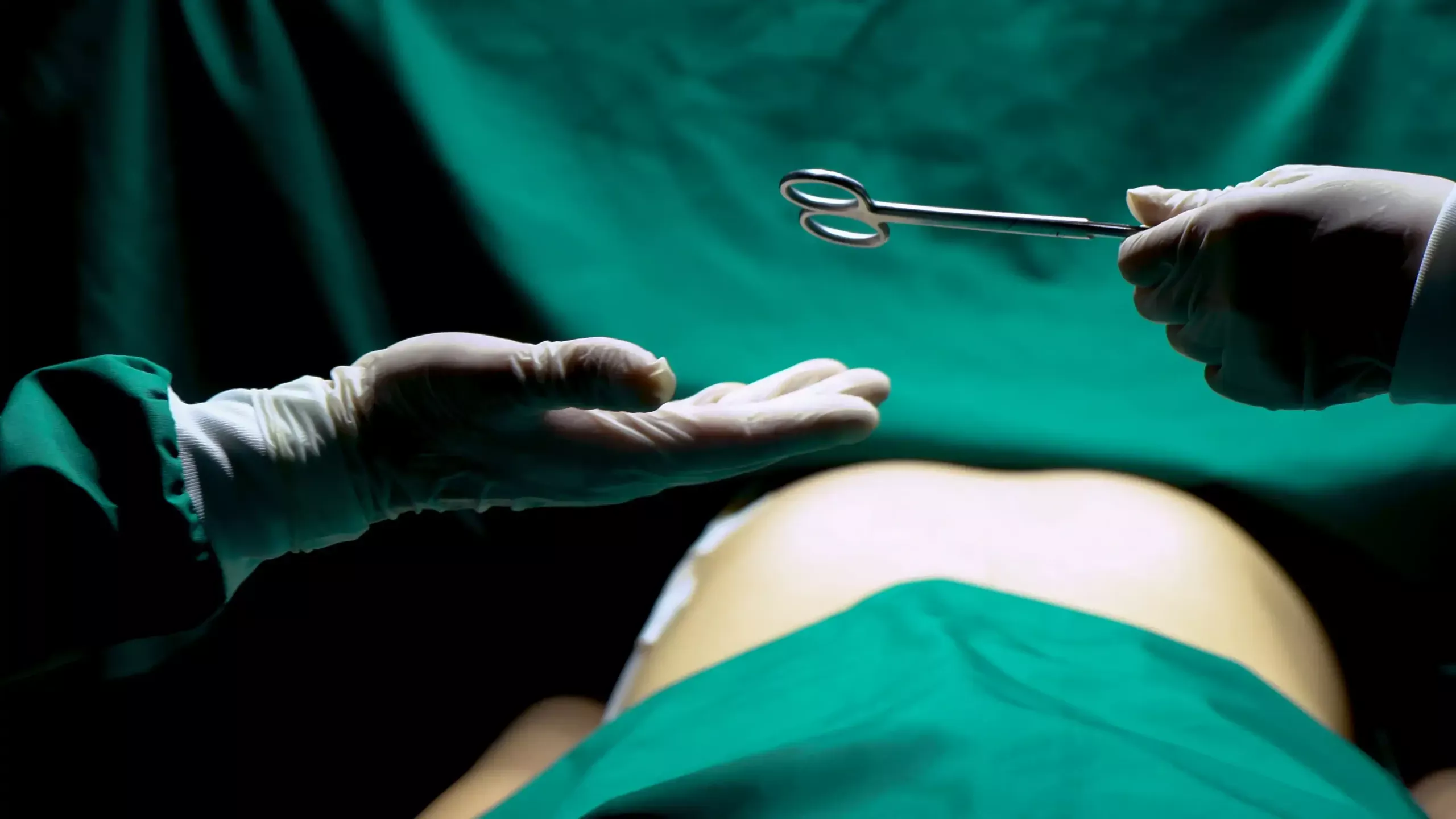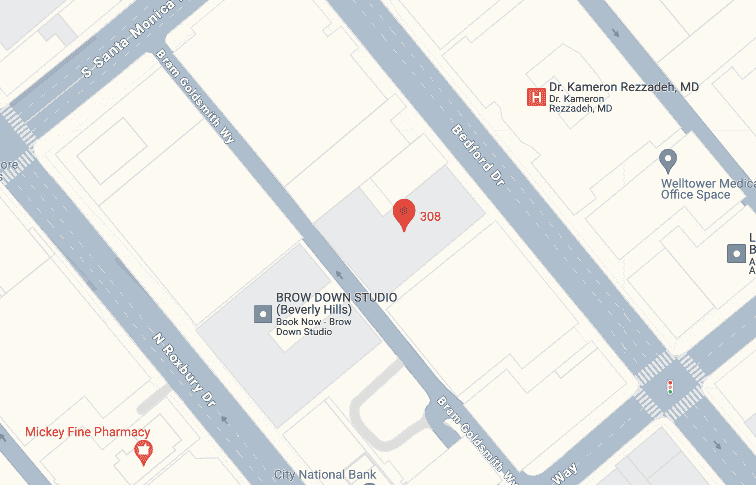Pilonidal cysts are a common skin condition that affects the area near the tailbone at the top of the buttocks. These cysts form when hair follicles become clogged and infected, resulting in a painful abscess. Sometimes, these cysts may even require pilonidal cyst removal surgery.
In this article, we will discuss various options for pilonidal cyst removal surgery, recovery time, and important considerations for surgery to remove pilonidal cyst.

Incision and Drainage:
A common surgical procedure for pilonidal cysts is incision and drainage. In this method, an incision is made to drain the cyst and remove any infected material. To promote healing, the surgeon will typically clean the area and pack it with dressings. While this method provides immediate relief, it does not address the underlying cause, and the risk of cyst recurrence is higher than with other surgical options.
Excision and Primary Closure:
Excision and primary closure is a more involved surgical procedure that entails removing the entire pilonidal cyst and stitching the wound shut. Undermining, which involves removing nearby tissue to reduce the risk of recurrence, may also be performed by the surgeon. This method is frequently recommended for recurring or complex cysts because it has a lower recurrence rate than incision and drainage.
Excision with Flap Closure:
Excision with flap closure may be an option for larger or more complex pilonidal cysts. The cyst is removed and the wound is closed with adjacent healthy tissue or a skin flap. When compared to primary closure, flap closure promotes faster healing and lowers the risk of recurrence. It also keeps the buttocks’ natural contour, reducing cosmetic concerns.
Bascom’s Procedure:
Bascom’s procedure, also known as cleft lift surgery, is a specialized technique for pilonidal cysts that are recurring or complicated. The cyst is removed, the area is reshaped, and a new, shallower cleft is created to prevent hair accumulation and recurrence. In comparison to traditional techniques, Bascom’s procedure has shown promising long-term results, with a low recurrence rate and faster recovery.
Pilonidal Cyst Surgery Recovery Time:
The recovery time for pilonidal cyst removal surgery varies according to the procedure’s complexity and individual factors. Patients may experience discomfort, swelling, and drainage from the wound site following surgery. Recovery time can range from a few weeks to several months. During this time, it is critical to follow the surgeon’s post-operative instructions, which may include wound care, dressing changes, and physical activity restrictions.
Patients should avoid sitting for long periods of time, and special cushions or positions may be recommended to relieve pressure on the surgical site. To avoid infection, maintain good hygiene and schedule regular check-ups with the surgeon during the recovery period.
Surgery to remove pilonidal cyst has both advantages and disadvantages. We’ve listed a few of them below:
Pros of Pilonidal Cyst Removal Surgery:
Permanent Removal: The most effective method for completely removing pilonidal cysts is surgery. The underlying cause of the problem is addressed by surgically excising the cyst and the affected tissue, reducing the likelihood of recurrence.
Symptom Relief: Pilonidal cysts can cause significant pain, discomfort, and recurrent infections. The surgical removal of these symptoms can provide immediate relief, allowing patients to regain their quality of life and engage in normal activities without persistent discomfort.
Recurrence Rate is Reduced: Depending on the surgical technique used, pilonidal cyst removal surgery can significantly reduce the risk of recurrence when compared to non-surgical methods. Excision with primary or flap closure, as well as Bascom’s procedure, aim to remove the cyst while also modifying the affected area to prevent future hair follicle blockages.
Tailored Approach: Pilonidal cyst removal surgery allows for a customized approach based on the individual’s specific condition. The surgeon can assess the size, location, and complexity of the cyst to determine the best surgical technique, ensuring the best possible outcomes for each patient.
Also see: How Severe is Pilonidal Cyst Surgery
Cons of Pilonidal Cyst Removal Surgery:
Surgery to remove pilonidal cyst, like any surgical procedure, carries inherent risks such as bleeding, infection, adverse reactions to anesthesia, and poor wound healing. While these complications are uncommon, they should be taken into account when weighing the benefits and risks of surgery.
Scarring and Cosmetic Issues: Scarring is common after surgical removal of pilonidal cysts. While surgeons work hard to reduce the visibility of scars, some patients may be dissatisfied with the cosmetic outcome. Newer techniques, such as flap closure or the Bascom’s procedure, aim to preserve the natural contour of the buttocks, reducing cosmetic concerns.
Cost Considerations: Pilonidal cyst removal surgery can be expensive, with hospital or surgical facility fees, anesthesia fees, surgeon fees, and post-operative care expenses to consider. Insurance coverage varies, and certain procedures may be excluded or require prior authorization. To understand the financial implications of surgery, it is critical to consult with healthcare providers and insurance companies.
More About Pilonidal Cyst Removal Surgery Cost
Pilonidal cyst removal surgery costs vary depending on a number of factors, including geographical location, procedure complexity, surgeon experience, and the healthcare facility where the surgery is performed. It is critical to remember that individual insurance coverage and policies can have an impact on the overall cost.
In general, pilonidal cyst removal surgery costs may include the following:
Surgical Facility Fees: The cost of using the operating room, equipment, and other resources during the procedure is included in this fee. The fees can vary depending on the location and reputation of the facility.
Surgeon Fees: Surgeon fees cover the cost of the surgeon’s expertise, time, and any pre-operative consultations or follow-up visits. The cost may be influenced by the surgeon’s experience and reputation.
Anesthesia Fees: Anesthesia fees will be added to the overall cost if general or local anesthesia is required for the surgery. The cost of anesthesia varies depending on the type of anesthesia used and the length of the procedure.
Pre-operative and Post-operative Care: Depending on the surgical practice, there may be additional costs associated with pre-operative consultations, tests, and post-operative care, such as follow-up visits, wound care supplies, and medications.
Additional Services: Additional services such as laboratory tests, imaging studies, or specialized consultations may be required in some cases. These services may be charged separately.
It is critical to contact your insurance provider to learn about your coverage and any out-of-pocket costs associated with pilonidal cyst removal surgery. Insurance coverage varies, and certain procedures may necessitate pre-authorization. Make sure you understand any deductibles, co-pays, or limitations in your policy.
Contact the Pilonidal Experts Today!
If you’re looking for expert pilonidal cyst removal surgery and comprehensive support, look no further than Pilonidal Experts. Our specialized expertise, personalized treatment plans, cutting-edge facilities, and compassionate care ensure that you receive the best possible care during your surgery and recovery. To schedule a consultation, please contact us right away. Pilonidal Experts is the place to go for pilonidal cyst removal.








